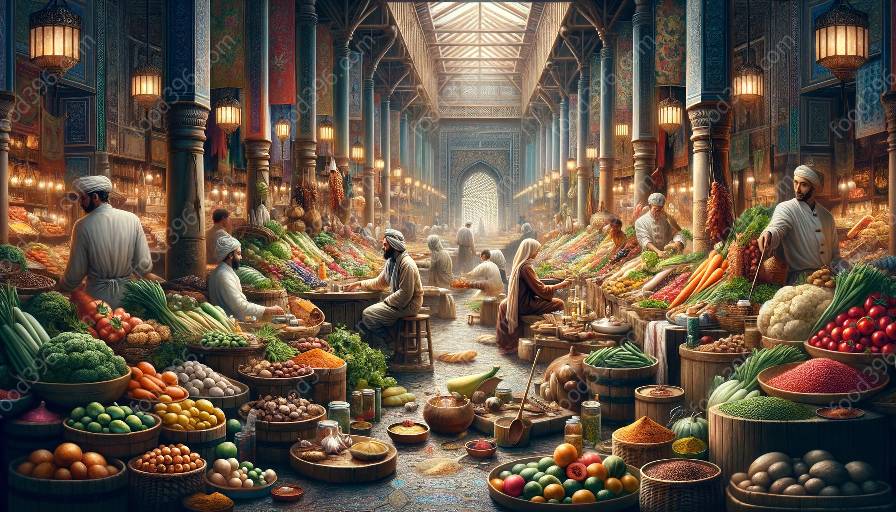During the early modern period, the influence of trade routes on cuisine played a crucial role in shaping the culinary landscape. The connection between different regions through trade led to the exchange of ingredients, cooking techniques, and recipes, resulting in a fusion of flavors and culinary practices.
The Spice Trade and Culinary Transformation
The spice trade, in particular, had a profound impact on early modern cuisine. The exploration and expansion of trade routes by European powers led to the discovery and trade of various spices such as pepper, cinnamon, cloves, and nutmeg. These exotic spices not only added new flavors to European dishes but also sparked a culinary revolution. The quest for spices played a significant role in driving exploration and defining global trade routes, ultimately leading to the development of new culinary traditions.
Introduction of New Ingredients
The exchange of goods along trade routes introduced a wide range of new ingredients to different regions. Ingredients such as tomatoes, potatoes, corn, and chocolate, which were originally native to the Americas, found their way to Europe and other parts of the world through trade. The incorporation of these novel ingredients into local cuisines transformed traditional dishes and created entirely new culinary experiences.
Regional Culinary Exchange
Trade routes served as conduits for the exchange of culinary knowledge and traditions among different regions. As merchants and explorers traversed the seas and established trade links, they also shared cooking techniques, recipes, and food preparation methods. This cultural exchange led to the blending of diverse culinary practices, resulting in the emergence of hybrid cuisines that combined elements from various cultures.
The Influence of Global Exchange
Global trade routes connected distant lands and facilitated the movement of people, goods, and ideas. This exchange of cultures and traditions significantly impacted the culinary landscape of the early modern period. Ingredients and culinary practices from Asia, Africa, the Middle East, and the Americas contributed to the diversification of early modern cuisine, enriching it with a wide array of flavors, textures, and cooking styles.
Enduring Culinary Legacies
The influence of trade routes on early modern cuisine left a lasting legacy that continues to shape culinary traditions today. Many of the ingredients and cooking techniques that were introduced during this period have become integral components of contemporary cuisine. The fusion of flavors and culinary traditions that resulted from the intermingling of global trade routes continues to inspire chefs and food enthusiasts around the world.

